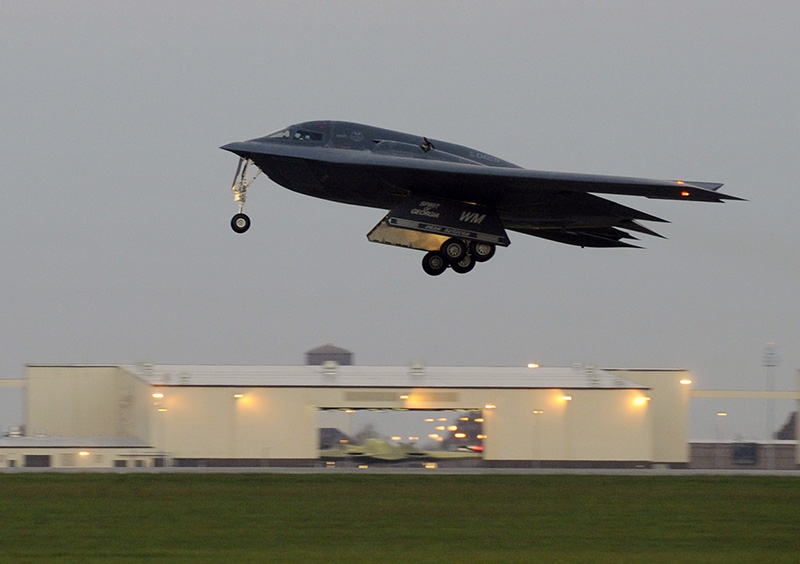Usually, after every Global Thunder, the Russians launch similar long range bomber missions.
On Oct. 29, the U.S. Strategic Command concluded its largest yearly exercise. On the very same day, the Russian Air Force launched three packages which included of a mix of bombers and escort fighters for a total of 19 warplanes (26 if we consider also the close encounter on Oct. 28): a surge in missions flown close to European airspaces that NATO defined “unusual.”
A mere coincidence? Maybe, maybe not.
Exercise Global Thunder 15 (first exercise for FY 2015, hence the 15) “is a command and control exercise designed to train Department of Defense forces and assess joint operational readiness across all of USSTRATCOM’s mission areas with a specific focus on nuclear readiness.”
Conducted in coordination with North American Aerospace Defense Command and U.S. Northern Command’s Exercise Vigilant Shield 15 (attended by tactical warplanes with the aim to train homeland defense forces), Global Thunder 15 is a realistic exercise during which nearly every USSTRATCOM component, task force, unit, command post and bomb wing takes part in the training events which are aimed at improving all the Command capabilities: space, cyber, intelligence, surveillance and reconnaissance, global strike, and ballistic missile defense.
On a 24-hour period, yearly Global Thunders foresee intense B-52 and B-2s perform their MITO departures and going up to the Arctic and back, controlled by several E-6B Mercury aircraft.
Some strategic bombers route up over Nova Scotia and up past Thule/Greenland and either go all the way around North of Canada and back down through Canada/Alaska or they turn round and go back the way they came. Other waves go up over Alaska first and come back down viceversa.
A one-day simulated nuclear war.
Richard Cliff, a reader of The Aviationist and military aviation expert noticed that, usually after every Global Thunder, the Russians seem to launch similar long-range bomber missions, as those that caused the alert scrambles by NATO QRA (Quick Reaction Alert) cells across Europe.
Therefore, Global Strike proves Russian bombers are not the only ones to fly in the Arctic or perform simulated long-range nuclear missions. At the same time, the exercise may be one of the reasons behind the spike in the Russian activities in Europe (even though we can’t but notice that the amount of close encounters has increased in the last couple of years regardless to whether there was a US Strategic Command in the same period or not).
Image credit: U.S. Air Force

















